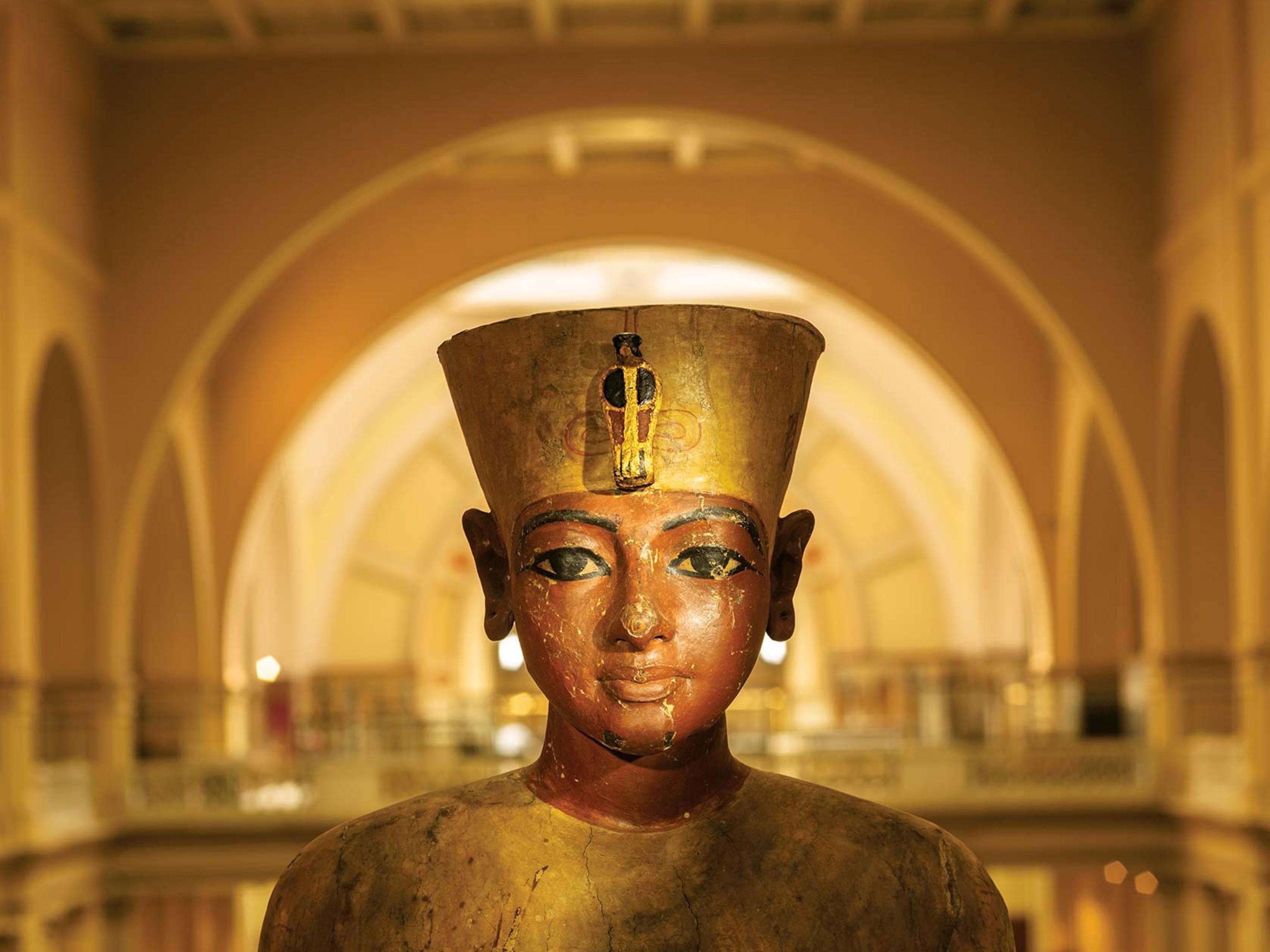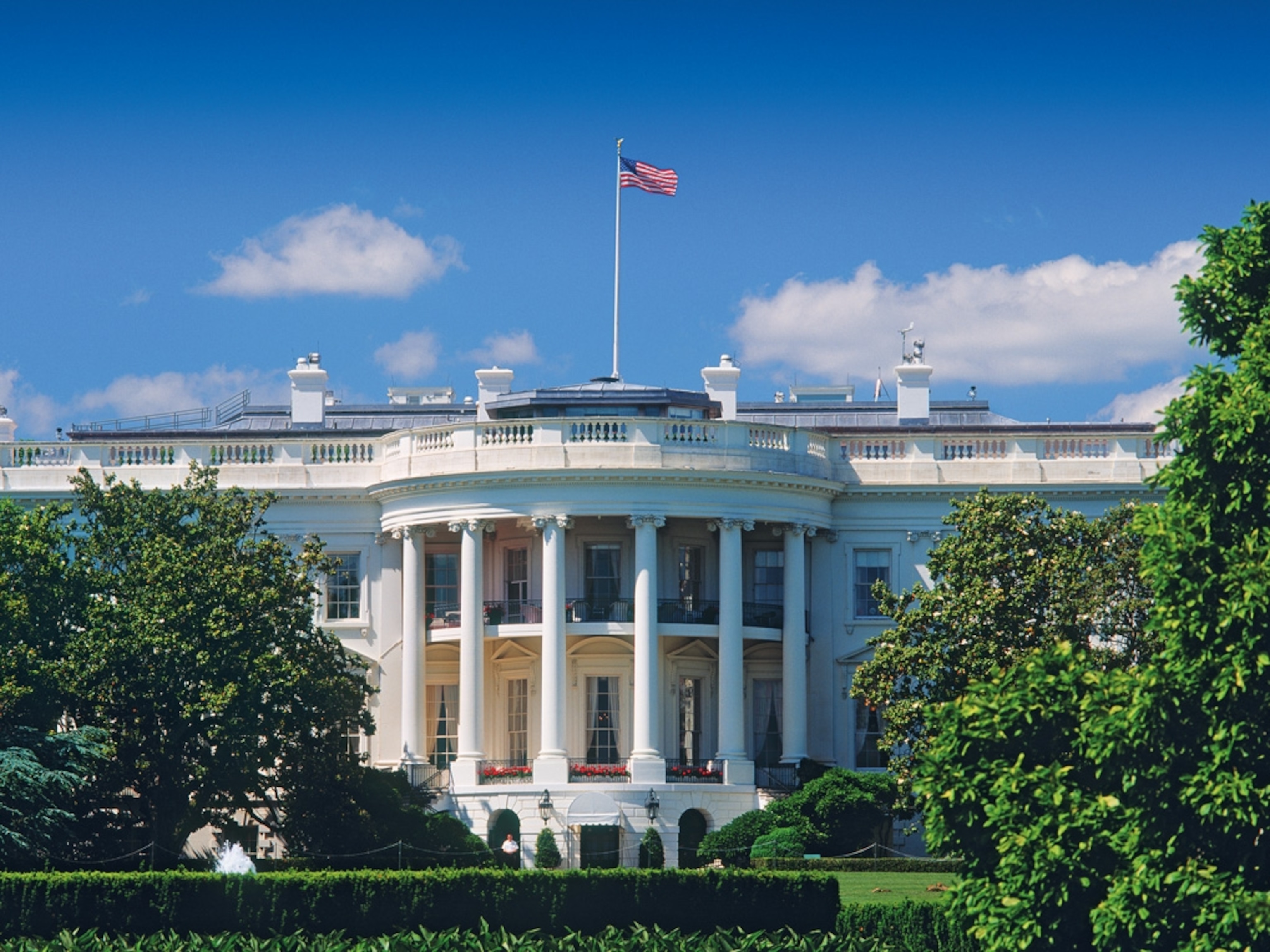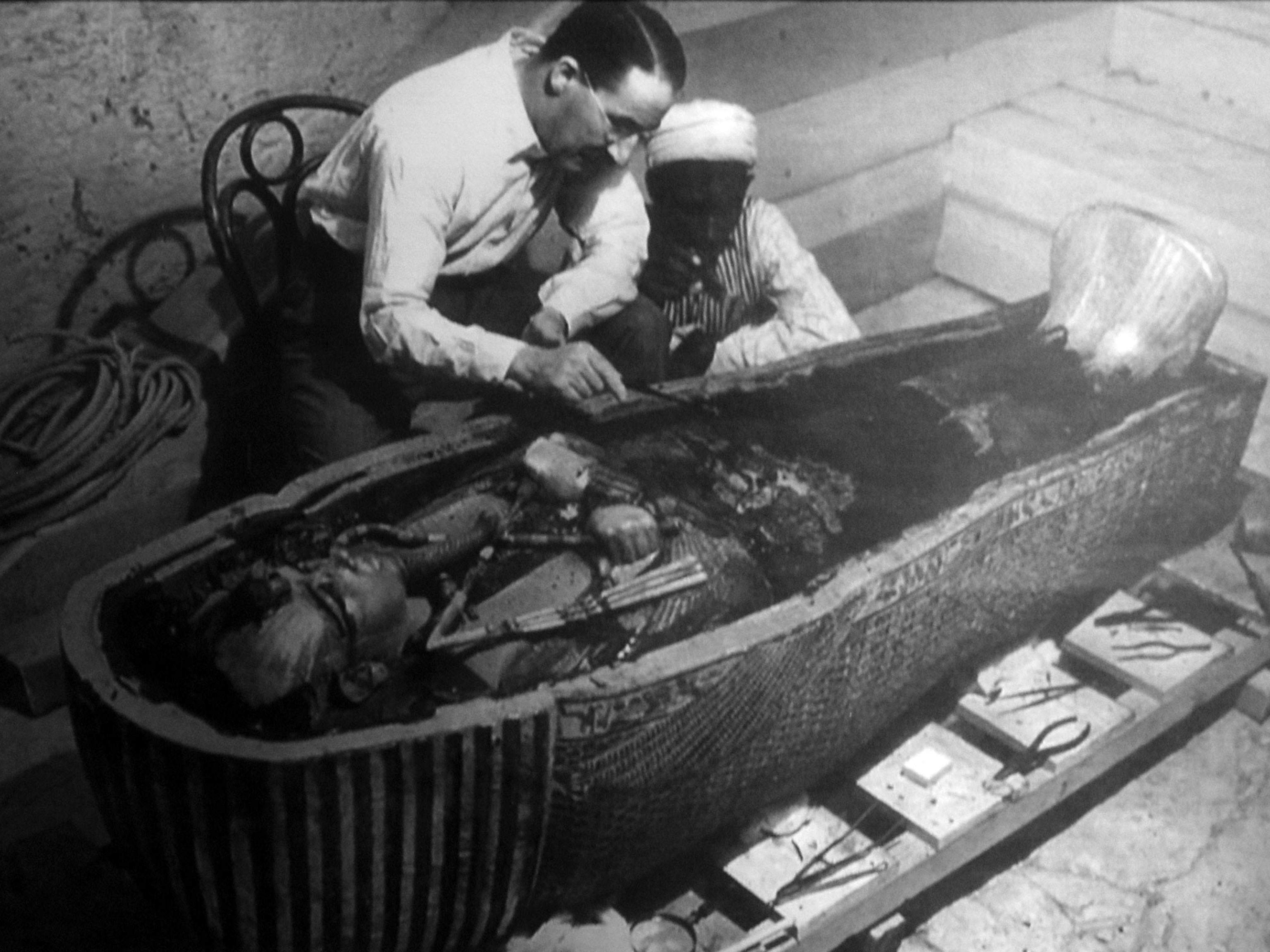
King Tut once lived at the White House
Named after the teenage pharaoh, this four-legged celebrity faced his own struggles at the center of a very modern empire.
As the world celebrates the 100th anniversary of the discovery of King Tutankhamun’s tomb in the Valley of the Kings, the memorial to another King Tut lies forgotten in the backyard of a Washington D.C. embassy.
And while the Egyptian pharaoh may have been done in at a young age possibly by disease, murder, or a chariot crash some 3,300 years ago, this King apparently succumbed to the stress of being at the center of a very modern empire—the American White House.
Political Pup
The 20th-century King Tut was a “Belgian police dog” (likely a Malinois or shepherd mix) who rose to fame as the four-legged campaigner credited with helping Herbert Hoover win the 1928 presidential election.
After 1922, the discovery of Tutankhamun’s tomb sparked a pop-culture frenzy that inspired fashion, dance crazes, sports celebrities—and, of course, pet names. While serving as Secretary of Commerce under President Harding, Hoover was given the young pup—who already had the pharaonic moniker—by someone likely tied to his relief work in war-ravaged Belgium. Six years later, discoveries from the pharaoh’s final resting place were still making headlines (canopic jars, boats, new victims of the pharaoh’s “curse”), but now alongside the 1928 presidential campaign—and Hoover was on the ballot.
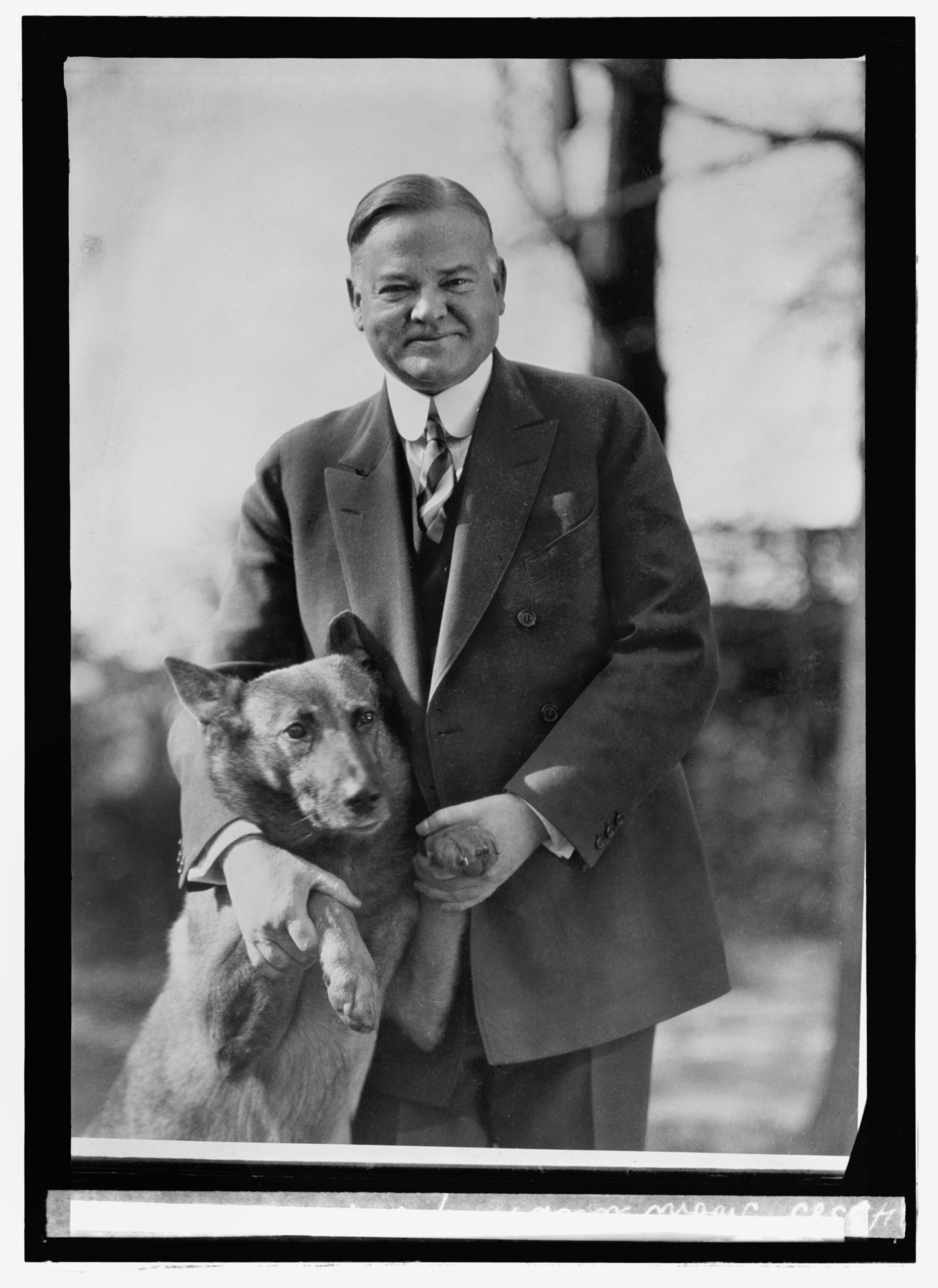
Photo Op
In an effort to soften the edges of the stiff, awkward candidate, a portrait of the smiling Hoover, holding an uncomfortable-looking King Tut upright by his forelegs, was mailed to potential voters across the country. The New York Times called it “one of the happiest pictures ever made of the executive.”
“It’s a great photo. It makes him look like a much more relaxed kind of guy than in a lot of his formal photographs. It certainly didn't hurt in any political sense and probably helped him immensely,” says Spencer Howard, Archives Technician at the Herbert Hoover Presidential Library-Museum.
“Hoover is the first example of someone who leans into the dog on the campaign trail,” adds Andrew Hager, historian-in-residence at the Presidential Pet Museum.

A King in the White House
During King Tut’s brief reign at 1600 Pennsylvania Avenue he stuck to his police-dog roots, often accompanying White House policemen on their nightly rounds. He also remained top dog among an endless rotating menagerie gifted to Hoover by political contacts and well-wishers which included multiple Irish wolfhounds, an opossum, and a pair of alligators. “Tut was unquestionably Mr. Hoover’s favorite dog, probably of his lifetime,” says Howard.
Newspapers continued to report on the canine celebrity, such as when his “night harangues” forced the relocation of the White House kennel to the edge of the grounds. Tut grew increasingly “irritable and ill-tempered,” and sometime in the spring or summer of 1929 was sent back to the Hoover’s family home at 2300 S Street NW in Washington D.C. under the care of Senator Frederic Walcott.
“It’s same sort of stress that any presidential family member is going to feel from being in the in the spotlight at the White House,” Hager notes.
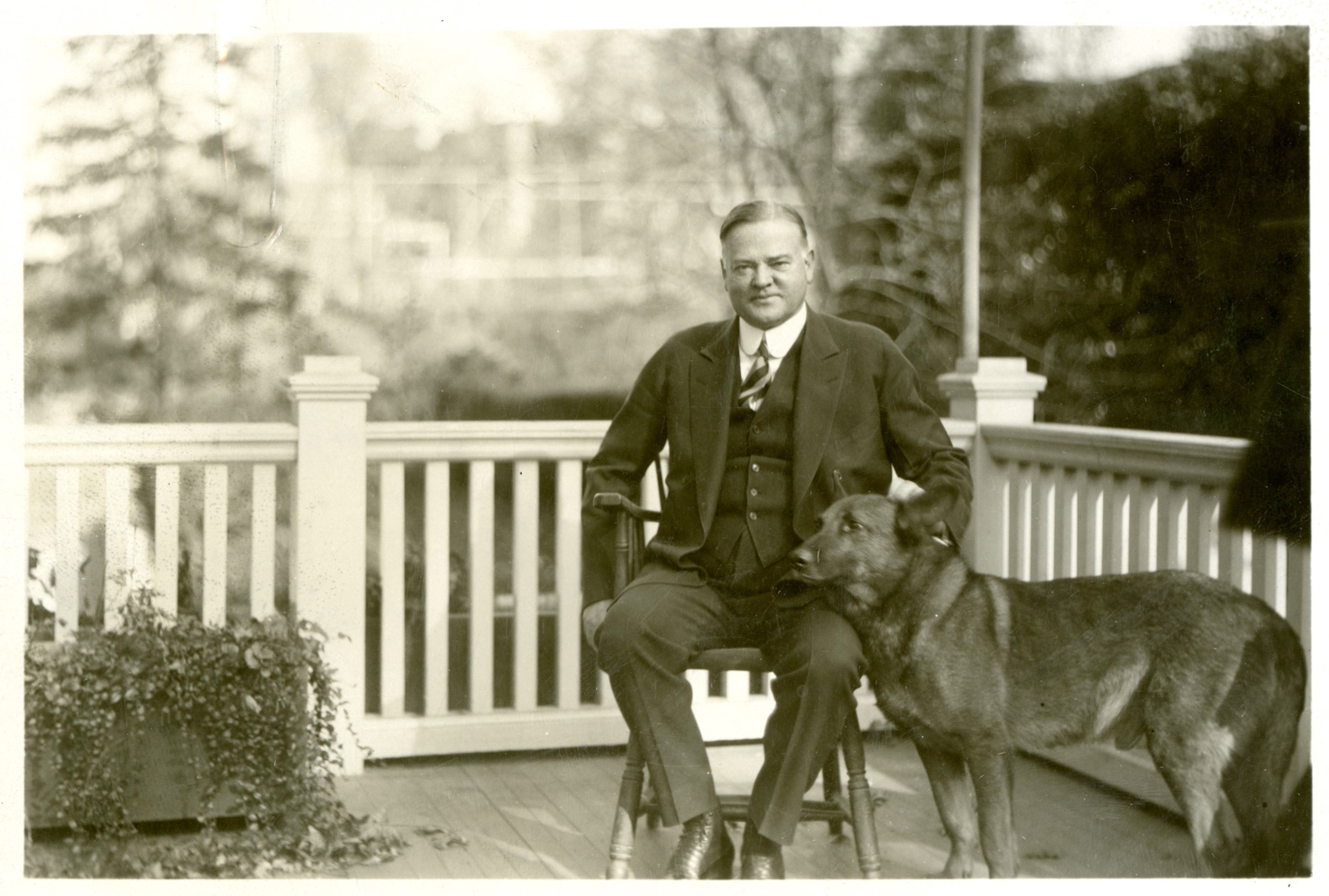
Tut “worried himself to death”
King Tut, now 8-10 years old, died at the S Street house in fall of 1929, just weeks before the stock market crashed. “We have lost a good friend,” Senator Wallcott wrote the president to notify him of his beloved dog’s death. “I am going to place a small stone at his grave and a small suitable tablet in the yard here if you don’t mind.”
Tut’s death didn’t make the newspapers until more than six months later. While some speculate that Hoover felt it would be inappropriate to mourn the death of his dog as Americans saw their savings vanish, Howard suggests a more practical reason: “[The Hoovers] just didn’t want people to send them more dogs.”
Hoover’s former home at 2300 S Street is now the Embassy of Myanmar. Requests to confirm the presence of a burial or memorial to King Tut on embassy grounds have not been returned as of press time.
And while no dog could hold Hoover’s heart like King Tut, the president’s supporters quickly found him another Belgian police dog, Pat, while the media zeroed in on the historical bonafides of a puppy later gifted by the Norwegian Elkhound Association.
King Tut’s “replacement,” the Times approvingly noted, “is the dog of the ancient Vikings.”

